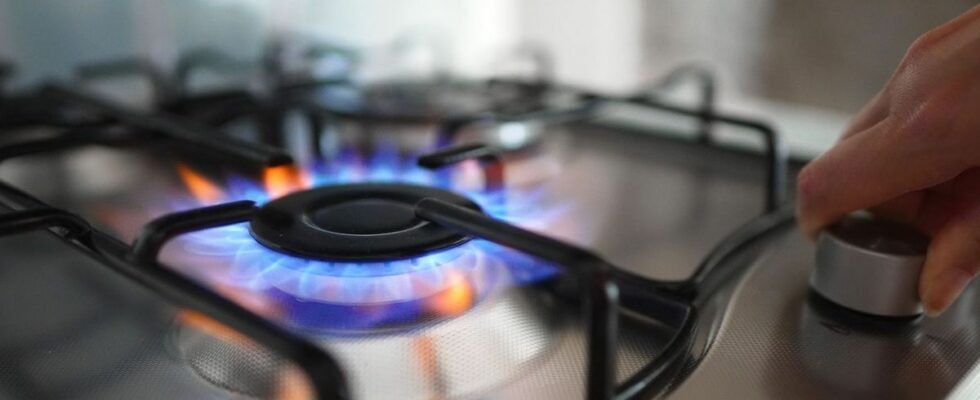Published on
updated on
Reading 3 min.
Gas stoves silently contribute to 40,000 premature deaths in Europe every year, according to a recent report. This threat, which often goes unnoticed, is nevertheless very real: the gases emitted by these devices are linked to indoor pollution which could be avoided.
The numbers speak for themselves and raise an urgent question about the future of this widespread household equipment.
40,000 deaths annually: the silent threat of domestic gas
According to a study by the Environmental Health Research Laboratory at Jaume I University (Spain), more than 40,000 Europeans lose their lives each year due to indoor pollution caused by gas stoves. The source of the problem? Nitrogen dioxide (NO2) emitted by these devices, a pollutant known for its harmful effects on the respiratory tract and the cardiovascular system.
Researchers combined actual pollution measurements inside and outside homes across Europe taken by Dutch researchers last year with government data on ambient NO2 concentrations to produce the first European map likely concentrations of NO2 in homes using gas stoves. They applied these figures to establish NO2 pollution risk rates to calculate the likely number of premature deaths in a year.
Lead author and researcher at Jaume I University, Juana María Delgado-Saborit, explains: “In 1978 we first learned that NO2 pollution is several times higher with gas kitchens than with electric kitchens. But only now can we quantify the number of lives that are cut short. The scale of the problem is much worse than we thought, as our models suggest that homes in half of Europe have pollution levels that exceed WHO limits. Outdoor air pollution is to blame for these figures, but it’s gas cookers that are pushing households into the danger zone..
Increased risks for children and the most vulnerable
In addition to NO2, gas stoves also release fine particles and carbon monoxide, which worsen indoor air quality. In poorly ventilated homes, these pollutants can reach worrying concentrations. In winter, when windows are closed, indoor pollution levels from cooking can remain at harmful levels for several hours.
That’s why researchers say the true human cost of gas stove pollution is likely much higher. Lack of data forced the exclusion of some health conditions, as well as other harmful pollutants created by gas stoves, such as benzene, formaldehyde and particulate matter.
Thus, the impact of gas stoves would be particularly serious for the most vulnerable populations, particularly children. Research shows that exposure to NO2 in enclosed spaces significantly increases the risk of developing asthma and other respiratory diseases.
Including most pollutants and using a less precise method, the researchers found that gas stoves cause around 367,000 cases of asthma in children and 726,000 cases across all age groups in Europe each year.
Towards a ban on gas stoves?
Faced with these dangers, voices are being raised to demand concrete action. EPHA recommends gradually replacing gas stoves with electric models and improving ventilation in homes to reduce health risks. Moreover, some municipalities, such as New York, are considering banning the installation of new gas appliances in new homes by 2027.
Although the move to all-electric is often perceived as costly, Sara Bertucci, director of global public health policy at EPHA, points out: “For too long, it has been easy to ignore the dangers of gas stoves. Like cigarettes, people didn’t think much about their health impact, and like cigarettes, gas stoves are a small fire that fills our homes with pollution. The true impacts are likely greater than those predicted in this study. Knowing this, governments should take the initiative to help us stop consuming gas, just as they helped us stop smoking.”.
